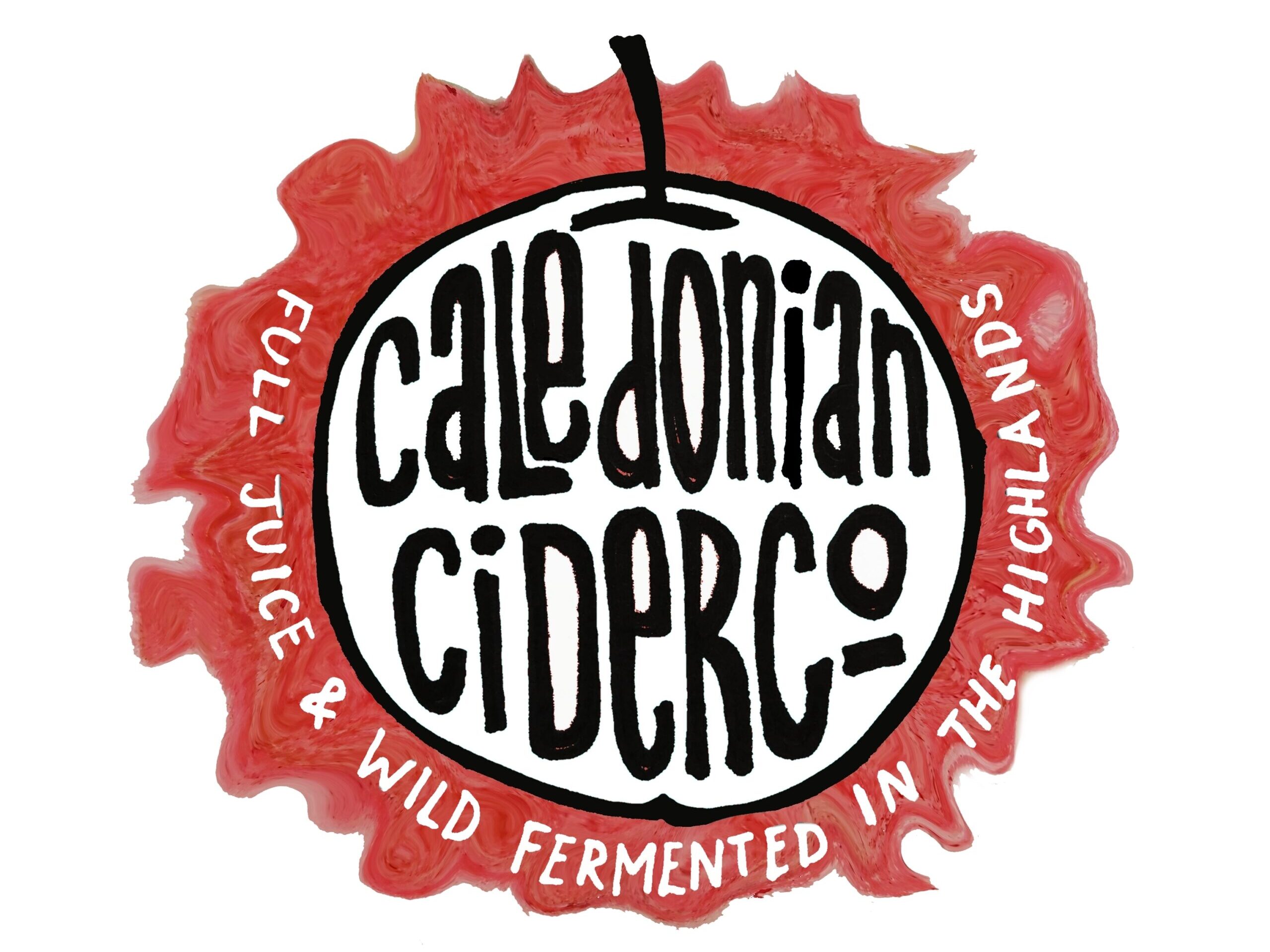Ever since the term Craft landed on our shores from the US there’s been debate about what exactly the term may or may not mean to us here in the UK.
The US Brewers Association defines a craft brewer as 1) Small, 2) Traditional and 3) Independent. We have no equivalent recognised or accepted definition of craft beer in the UK which allows brands such as Fosters to align themselves with the term for marketing purposes. So there’s obviously something odd with the craft beer situation in the UK but increasingly we’re seeing the term craft applied to cider.
So in this post I’m wondering what this ambiguous and occasionally controversial term means to both cider drinkers and cider makers and what it could mean in the future.

Now, while we don’t have an official definition of craft in the UK we do appear to have a kind of folk definition where there’s an expectation of higher quality at a higher price. The issue with a folk definition is that it doesn’t stop an opportunistic company from just putting their standard low quality product in a can / bottle with a colourful label, calling it craft and charging a higher price for it. The result then being that the customers’ perception of craft cider would be damaged to the point where craft cider becomes synonymous with overpriced cider. Just as it would if their first foray into craft beer resulted in them purchasing a rebranded, repackaged mass produced low standard beer with a colourful label and the word craft displayed prominently in the text.
To further confuse the UK cider drinker we have another term to deal with, Real Cider. Real Cider as defined by CAMRA (Campaign for Real Ale) goes as follows.
Ingredients
◦The liquid content before fermentation must consist entirely of non-pasteurized apple.
◦No apple juice concentrates to be used
◦Normally, only the sugar naturally available in the fruit should be used to cause fermentation, but in years when the level of natural sugar in the fruit is low, the addition of extraneous sugar to aid fermentation is acceptable.
Process
◦No pasteurization to take place during the production process.
◦No added colourings to be used.
◦No added flavourings to be used, except pure fruits, vegetables, honey, hops, herbs and spices, yet no concentrates, cordials or essences.
◦There must be no artificial carbonation for draught products.
◦Sweetener may be added to fully fermented Cider/Perry to make it sweet or medium.
◦The addition of water is permitted to bring the alcoholic content of the Cider/Perry down to the level required by the producer. Ideally, however the minimum juice content should not be lower than 90% volume.
◦No micro filtration allowed (this takes all the yeast, leaving a “dead” product).
Now, this is a pretty good definition and it certainly conforms with CAMRA’s dedication to drinking products containing live yeast. Except, is yeast content at all relevant for a product which is typically fermented and then matured for months (or even years) prior to consumption? Real ale is brewed, placed into a cask prior to being delivered to the pub where it will finish it’s fermentation in the cask resulting in a slight level of natural carbonation (conditioning) once this stage is finished the landlord taps the cask and can begin serving the ale through a hand pump or by simply gravity. Since real cider is seasonal and made but once a year, cider could only be served in this exact way for a small portion of the year, probably somewhere between December and February. The trouble with that is twofold, firstly we ideally want cider to be available year round and secondly the cider at this time would be unlikely to be fully matured.
A cider which is fermented to dryness (that is that all the available sugar in the apple juice has been converted to alcohol) or a cider which has stopped fermenting due to a lack of nutrients for the yeast to consume will generally be stored and sold through the year (and frequently beyond) where there really is no requirement or indeed reliable method of preserving the yeast from the original fermentation in a state of health such as is required in a real ale.
Essentially in my view the CAMRA definition falls short because it attempts to make the principles of real ale fit on to cider which is after all a totally different product with much more in common with wine than beer. Although I’d have to admit that low quality industrially produced cider actually has a lot in common with low quality industrially produced beer (So maybe real ale and real cider have ended up together in CAMRA, due more to sharing a common enemy than any meaningful shared process…)
To get a better idea of how the term “Craft Cider” was interpreted I carried out some admittedly limited research on social media. I asked the question “What do you think the term Craft means when applied to a cider?” The first thing that became fairly clear was that there was a big difference in response from cider makers as opposed to cider drinkers. Makers generally dismissed the term as a meaningless marketing term at best, at worst a buzz word for low quality cider with various flavour additives (See HERE for a discussion on low quality low juice content ciders). Meanwhile, cider drinkers tended to generally view the term much more positively, suggesting they’d expect higher quality, more providence, no “chemicals” etc. (See HERE for a rant about ciders so called “ingredients”). So whether makers like it or not, the term Craft Cider certainly means something to the people who drink our cider.
To my mind that makes it the responsibility of cider makers to meet that expectation and even to exceed it, to lead the way to new flavours and tastes for cider drinkers. However, by new flavours I don’t mean flavours added by the addition of fruit juice. The current trend (actually building since about 2008 with roots stretching back well into the 70’s if we look at cider and blackcurrant for example) for ciders with various combinations of fruit juice added to them has been described in the media as both “innovation within the cider category” and also “consumer led”. How a consumer can drive innovation is beyond me, consumer led must surely simply drive the copying of existing products rather than actual innovation. And where there’s copying there’s sure to be price cutting and that gets us squarely on a track back to where the cider industry was in the 90’s, the big brands on a race to the bottom. How long until we start seeing strawberry and lime flavoured cider in plastic 3ltr bottles (this would also likely be classed as innovative)
I could easy be wrong on that though and honestly the whole “fruit cider” thing is basically a separate rant for another day.
It is my opinion that Craft Cider should be defined as that which is made from at least 85% apple juice (not from concentrate) and that all other ingredients used (if any) should be listed on the label. And that’s it, just two simple rules. Now, if a cider conforms to this criteria it doesn’t mean the cider is necessarily any good, it could be awful, it just means simply that it was made from a minimum of 85% apple juice (not from concentrate) and that the ingredients are printed on the label. Quality and transparency are the perceived hallmarks of craft beer, why not for craft cider too?

